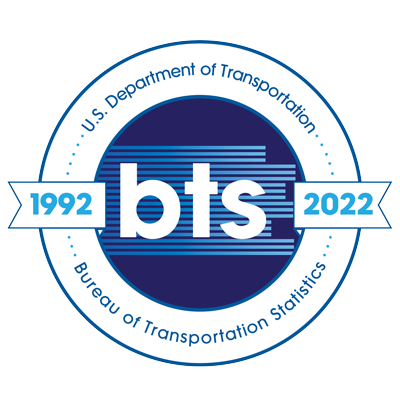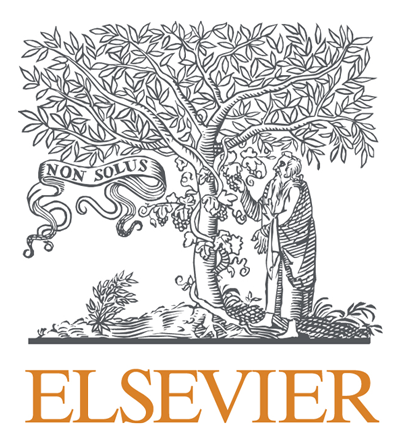Assessing the vertical accuracy of digital elevation models by quality level and land cover
Topics:
Keywords: elevation, lidar, DEM, coastal environments, wetlands, vertical accuracy, land cover
Abstract Type: Virtual Guided Poster Abstract
Authors:
Minoo Han, contracted to the U.S. Geological Survey at the Wetland and Aquatic Research Center
Nicholas M. Enwright, Wetland and Aquatic Research Center, U.S. Geological Survey
Dean B. Gesch, Earth Resource Observations and Science Center, U.S. Geological Survey
Jason M. Stoker, Earth Resource Observations and Science Center, U.S. Geological Survey
Jeffrey J. Danielson, Earth Resource Observations and Science Center, U.S. Geological Survey
Christopher J. Amante, Cooperative Institute for Research in Environmental Sciences (CIRES) at the University of Colorado, Boulder
,
,
,
,
Abstract
Elevation accuracy in coastal environments becomes critical as small changes in elevation are meaningful for an area’s exposure to waves, tides, and storm-related flooding. Data vendors typically quantify the vertical accuracy of light detection and ranging-based (lidar) digital elevation models on a per-project basis to gauge whether the dataset meets quality and accuracy standards. Elevation accuracy metrics are reported for each acquisition in broad terms of vegetated and non-vegetated land cover, but there can be benefit in analyzing these data with complex land cover categories and point spacing densities especially in coastal regions. We sought to quantify the vertical accuracy of coastal digital elevation models along the Gulf of Mexico and the Atlantic Coast by land cover class and the U.S. Geological Survey’s (USGS) lidar quality level, which is driven by point spacing. Out of 163 coastal lidar projects delivered to the USGS between 2012 and 2020, 60 contained vendor-produced metadata reports with accuracy checkpoint information. We used Python scripts to collate inconsistently formatted and projected checkpoint data and merged the points into a single dataset with over 9,000 points. We then added land cover data and calculated new non-vegetated and vegetated metrics in addition to more detailed land cover-based accuracy statistics. We expect these processes and results to be helpful in future research where more nuanced vertical accuracy by land cover and lidar quality level will enhance researchers’ general understanding of data quality and condition and provide scientists with information for addressing uncertainty via Monte Carlo simulations.
Assessing the vertical accuracy of digital elevation models by quality level and land cover
Category
Virtual Guided Poster Abstract









